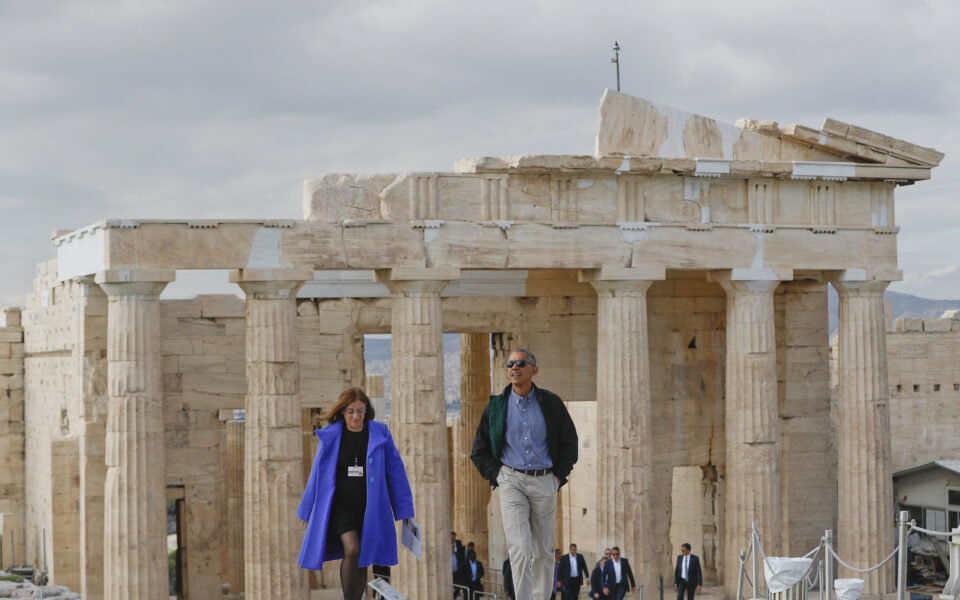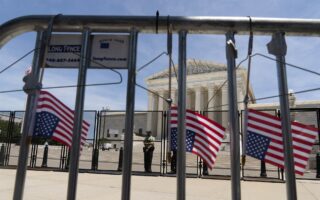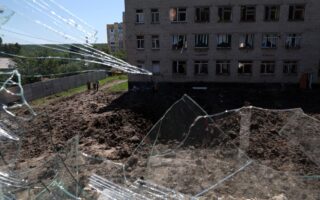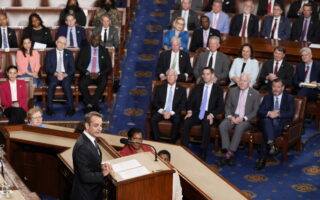Vertigo, in nine scenes

Scene One: November 19, 1999. US President Bill Clinton makes an official visit to Greece. The Secret Service does not want the visit to take place because it considers the country dangerous and officially formulates the assessment that it cannot ensure the president’s protection. Clinton lands in Athens and as he arrives at the Presidential Mansion, the city center is filled with smoke and chemicals, as violent clashes between police and protesters unfold in the streets. A leading role in the protests is played by a relatively unknown young man at the time, Alexis Tsipras, the youth secretary of the Synaspismos party (which eventually became part of the current leftist SYRIZA coalition). Then Greek President Kostis Stefanopoulos delivers a historic speech on Greek national issues (which sent his popularity soaring in Greece), but shocking his guests who, seated for dinner, had been expecting some compliments.
Scene Two: Late at night, after the official dinner, a group of American officials are having a drink on the roof of the Intercontinental Hotel. Among them is Antony Blinken (current US secretary of state and then responsible for Greece and the region at the National Security Council). According to reliable sources, the central topics of discussion were the street clashes and the Greek president’s speech. Both had shocked the officials. Even today, Clinton narrates his experience in the Presidential Mansion as something unprecedented…
Scene Three: November 20. On the second day of his visit, Clinton delivers a speech in which, for the first time, he apologizes for the US support of Greece’s 1967-74 dictatorship and the handling of the 1974 Turkish invasion of Cyprus. Climbing the stairs of Air Force One, he stops and asks American Ambassador in Athens Nicholas Burns: “There is a lot of anger here, but do you think I convinced them?”
Scene Four: Early 2000. Visiting the White House, a Greek diplomat finds a small stone and a piece of glass framed on a wall in Blinken’s office. Underneath it is written, “A small souvenir from the presidential visit to Athens.”
Scene Five: Summer 2015. A veteran American president is talking informally with a Greek prime minister and offering advice, as the country teeters on the brink of Grexit. Neither of them could have imagined 16 years earlier that they would be playing these roles.
Scene Six: November 16, 2016. Seventeen years after Clinton, another American president, Barack Obama, visits Athens and delivers another historic speech. The president’s speech wins over the Greeks because it indicates criticism of the German austerity policy and solidarity with the Greek people. He is being hosted by that same Synaspismos youth secretary who had participated in the 1999 protests.
Scene Seven: May 17, 2022. Prime Minister Kyriakos Mitsotakis delivers his own historic speech at the US Congress, marking the peak of Greek-American relations in the years since the restoration of democracy.
Scene Eight: February 20-21, 2023. Blinken visits Greece as US secretary of state. This time, no one will send him souvenirs of broken glass or bricks from Athens.
Scene Nine: Who knows what this scene will look like? In a paradoxical way, the biggest risk now is high expectations, especially about what the US will do at a difficult moment for Greece. It is the fear of vertigo, when something reaches, through many difficulties and in an unexpected way, a peak.





